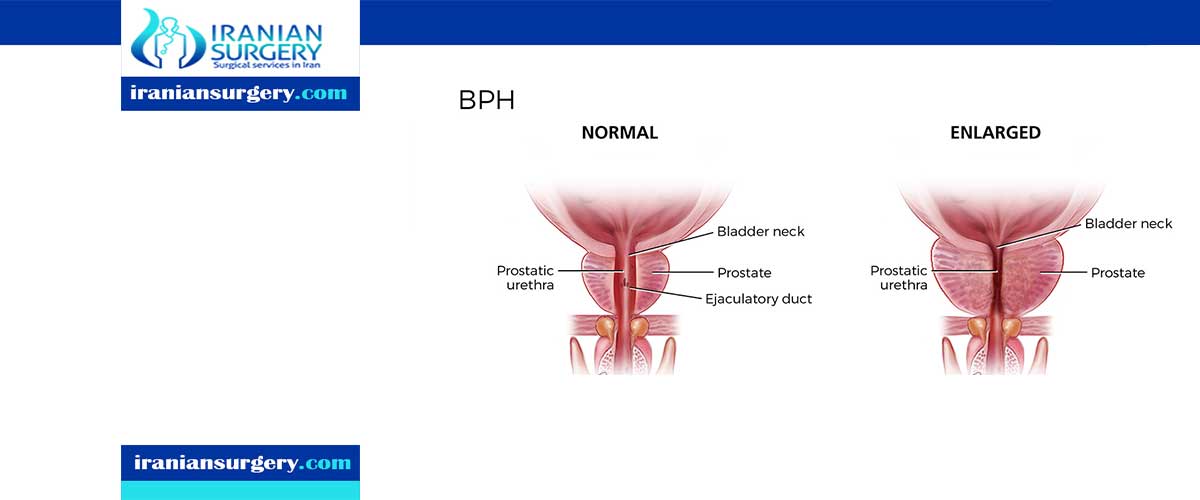BPH treatment options

BPH treatment options
There are several treatment options for an enlarged prostate. You can take alpha-blockers such as terazosin (Hytrin) or tamsulosin (Flomax) to help relax the prostate and bladder muscles. You can also take dutasteride (Avodart) or finasteride (Proscar), a different kind of medication for reducing BPH symptoms.
What’s the Best Approach to Treating BPH?
There’s no one-size-fits-all approach when you have an enlarged prostate and you’re trying to decide what to do next.
Each person reacts in his own way to the symptoms of benign prostatic hyperplasia (BPH), a common condition for men as they age.
You can talk about your symptoms with your doctor, and together you can decide on the best way for you to handle your case. Your options may include:
- Watchful waiting and lifestyle changes
- Medications or supplements
- Surgery
- Watchful Waiting
The primary stage of BPH treatment is usually called watchful waiting. During watchful waiting, the affected individual will be:
- learning about BPH
- making positive lifestyle changes, such as becoming more physically active
- taking no further action until their symptoms change
A doctor will also work with the individual and keep a close eye on their condition. Many people with an enlarged prostate remain at this level of care for some time.
Some things to watch include:
- Needing to pee a lot
- The sensation that your bladder is full, even after you’ve just gone
- An urgent need to go out of the blue
- A weak stream or dribbling at the end
- Trouble starting
- Having to stop and start peeing several times
- Urine leakage
Reasons to consider reasons to consider monitoring or observing an enlarged prostate:
- Your symptoms are mild.
- You don't want the side effects of medications.
- It’s less costly than medical or surgical treatments.
- Some men with mild BPH symptoms find they get better without treatment.
If you choose to monitor or observe there are a couple of things you can do to ease things:
- Make simple changes in your habits. Drinking fewer liquids before bedtime. Drink less caffeine and alcohol generally.
- Avoid some over-the-counter medications. Take a pass on cold and sinus medicines that have decongestants or certain antihistamines, such as diphenhydramine (Benadryl), that can make a prostate problem worse. Read labels on these products before you buy them.
- Drugs
- Minimally invasive procedures
When medication alone does not relieve the symptoms of BPH, the next level of treatment typically involves minimally invasive procedures. During these procedures, a doctor will insert an instrument into a person's urethra or rectum to either destroy excess prostate tissue or widen the urethra.
- Surgery
If medication and minimally invasive procedures are unable to improve the symptoms of BPH sufficiently, a doctor may recommend surgery. A person may also require surgery if their symptoms become severe or if complications develop. Potential complications include:
- pain or severe difficulty with urination
- recurrent urinary tract infections
- blood in the urine
- sexual dysfunction
- stones in the bladder
- kidney damage
Should I Go With a Treatment?
If your symptoms become worse, it's time to talk to your doctor about an active treatment. Some things to ask yourself and your doctor about each option:
- How much will my condition improve?
- How long will the effects last?
- Is there a chance that the treatment will cause problems?
From there, you can talk with him about medications, supplements or surgery.
10 common question about BPH treatment options
[kkstarratings]


